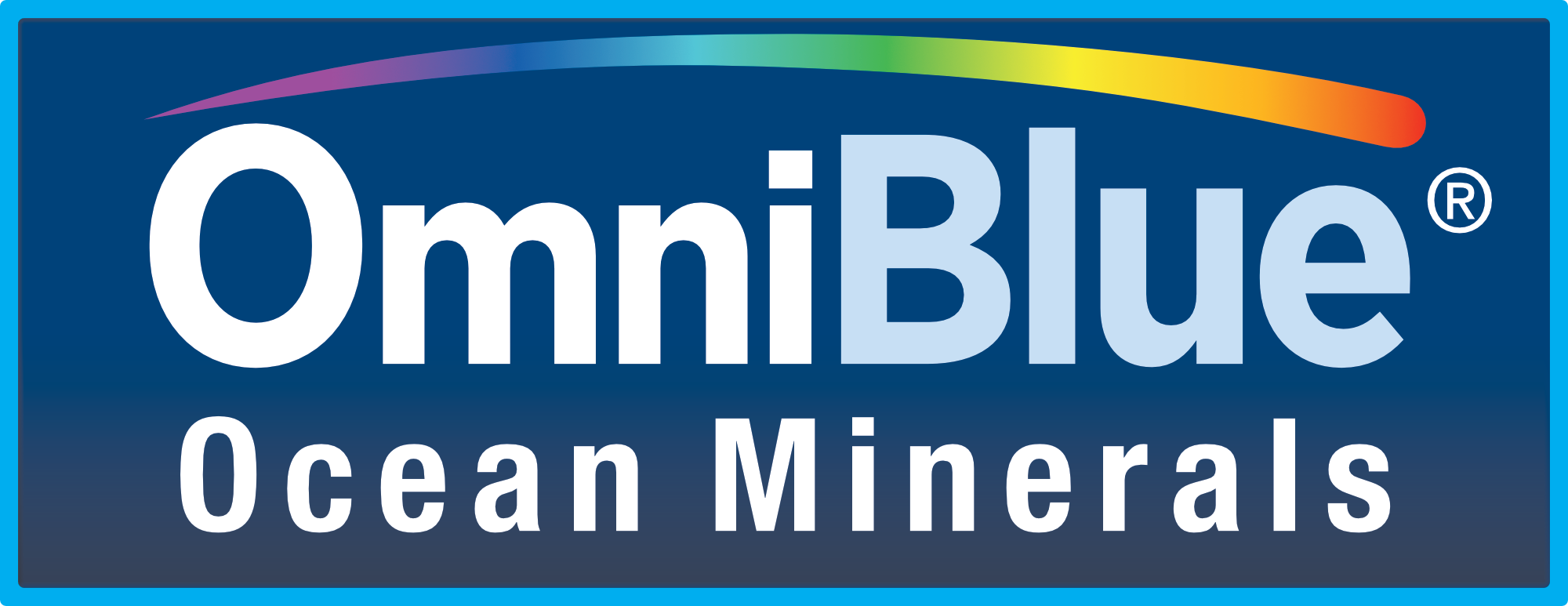Morning!
Before we dive in, a quick moment of gratitude: this week marks one full year of the 8% newsletter. Over 52 editions, thousands of you have opened, read, questioned, and shared. Thank you for being part of this sharp, curious, and growing community, we wouldn’t be here without you.
And with the 4th of July around the corner, we’re wishing you a joyful, grounded holiday, one that celebrates independence in all its forms, including freedom from the stuff we never knew was holding us back. With that said, let’s get into this week’s edition!
You probably don’t think twice about your non-stick pan, the one that keeps your omelets in one piece and your cleanup under 30 seconds. For decades, Teflon has been the kitchen MVP. But like many modern conveniences, it comes with a story most of us were never told.
That pan? It’s coated in polytetrafluoroethylene, or PTFE, a compound accidentally discovered during WWII-era chemical research. It was so stable, so durable, that it quickly found its way into cookware, clothing, electronics, medical devices, even spacesuits. And to make PTFE usable, manufacturers added a family of supporting chemicals called PFAS, short for per- and polyfluoroalkyl substances.
Fast-forward to today: PFAS are everywhere. In raincoats. In fast food wrappers. In the wiring in your phone. They’re also in our water, soil, and yes, detectable in the blood of roughly 98% of Americans. That’s not a sign of disaster. It’s a reflection of just how thoroughly these materials have been woven into modern life.

So Why Are People Talking About PFAS Now?
These compounds are sometimes called “forever chemicals” because of how resistant they are to breaking down. In the environment, they can linger for decades. And inside the body, they take years to clear.
Recent studies have connected PFAS exposure to effects on the immune system, hormones, cholesterol metabolism, and in some cases, increased cancer risk. But here’s the nuance: most of these effects show up at higher concentrations, often in communities near industrial sites or in occupational settings. For the general public, the biggest concern is long-term, low-level accumulation, and what we can do to reduce it.
And the good news? There’s a lot we can do.
You Don’t Have to Fear PFAS, But You Should Understand Them
You didn’t choose to be exposed to these chemicals, they just became part of modern living. But that doesn’t mean you’re powerless. Small changes in daily habits can make a measurable difference in how much your body takes in, and how well it handles what’s already there.
Here’s what that can look like:
Cookware: If your pan is scratched or overheated, the coating can break down. Swapping to stainless steel or cast iron is ideal. If you stick with non-stick, avoid high heat and abrasive scrubbers.
Takeout & packaged food: PFAS are often used to keep grease from soaking through paper containers. Reheating leftovers on a plate instead of in the original packaging is a simple improvement.
Dental floss: Some brands coat floss with PFAS for a smoother glide. Switching to a PFAS-free version is one of those “why not?” choices that adds up.
Clothing and furniture: Water- and stain-resistant finishes often rely on PFAS. Not all do, but it’s worth asking the question. Over time, untreated natural materials tend to be both healthier and longer-lasting.
Support Your Body’s Natural Cleanup Crew
Avoiding exposure is only part of the equation. The other side is helping your body do what it’s designed to do: metabolize, process, and remove unwanted compounds.
That’s where specific nutrients come in:
Magnesium fuels enzymes that support liver detox, the gatekeeper for chemical processing.
Selenium helps your body make glutathione peroxidase, an antioxidant enzyme involved in cellular repair.
Silica, which we include in OceanElements, may help bind PFAS in the digestive tract, making them easier to excrete before they enter the bloodstream.
OceanElements: A Smarter Kind of Support
OceanElements is packed with 70+ ocean-sourced minerals, including naturally occurring magnesium, silica, and trace elements that help reinforce your body's built-in defense systems. It’s not about “flushing toxins” overnight. It’s about giving your system the minerals it needs to function optimally, especially in a world that asks more of it than ever before.
Final Thoughts
Thank you again for a wonderful first year of The 8%. Thank to you, the reader, we’ve built a robust health community that we hope to continue to grow.
Until next week!
- Nicolas & Adrian (Chief Dietitian) | The 8% Authors

Share:
A Newsletter For Men. And For The Women Who Love Them.
Are You Settling for Pharma When Nutraceuticals Could Do More?